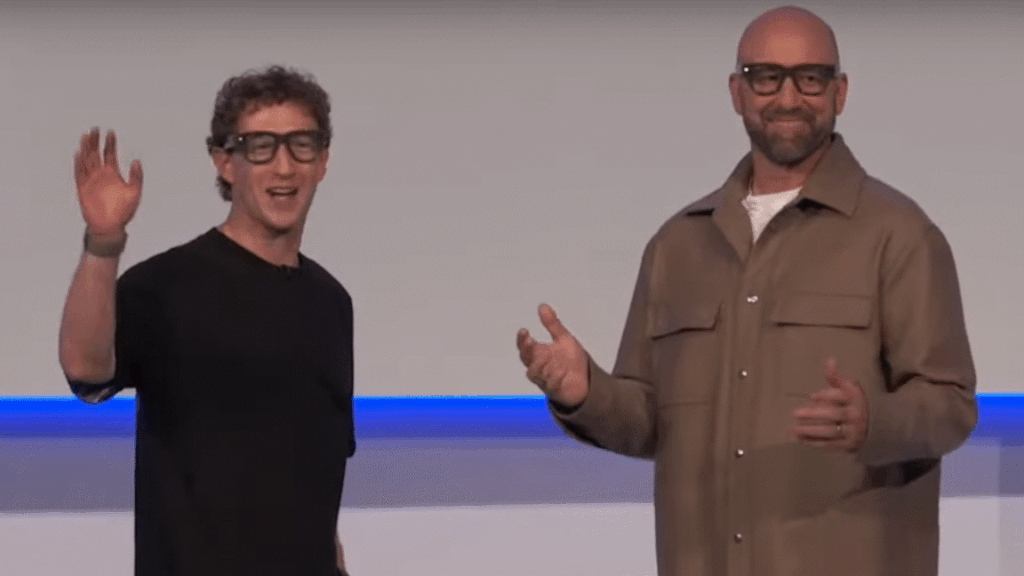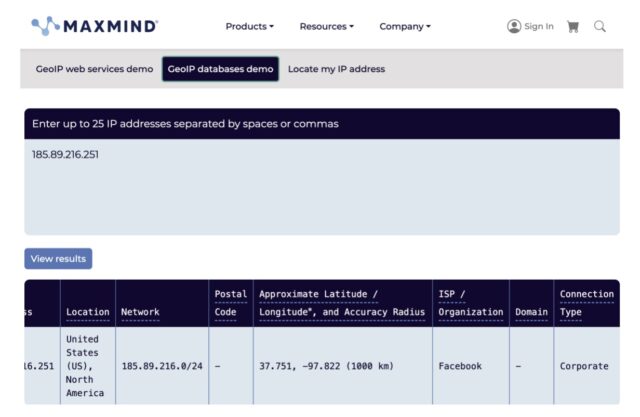Big AI firms pump money into world models as LLM advances slow
Runway, a video generation start-up that has deals with Hollywood studios, including Lionsgate, launched a product last month that uses world models to create gaming settings, with personalized stories and characters generated in real time.
“Traditional video methods [are a] brute-force approach to pixel generation, where you’re trying to squeeze motion in a couple of frames to create the illusion of movement, but the model actually doesn’t really know or reason about what’s going on in that scene,” said Cristóbal Valenzuela, chief executive officer at Runway.
Previous video-generation models had physics that were unlike the real world, he added, which general-purpose world model systems help to address.
To build these models, companies need to collect a huge amount of physical data about the world.
San Francisco-based Niantic has mapped 10 million locations, gathering information through games including Pokémon Go, which has 30 million monthly players interacting with a global map.
Niantic ran Pokémon Go for nine years and, even after the game was sold to US-based Scopely in June, its players still contribute anonymized data through scans of public landmarks to help build its world model.
“We have a running start at the problem,” said John Hanke, chief executive of Niantic Spatial, as the company is now called following the Scopely deal.
Both Niantic and Nvidia are working on filling gaps by getting their world models to generate or predict environments. Nvidia’s Omniverse platform creates and runs such simulations, assisting the $4.3 trillion tech giant’s push toward robotics and building on its long history of simulating real-world environments in video games.
Nvidia Chief Executive Jensen Huang has asserted that the next major growth phase for the company will come with “physical AI,” with the new models revolutionizing the field of robotics.
Some such as Meta’s LeCun have said this vision of a new generation of AI systems powering machines with human-level intelligence could take 10 years to achieve.
But the potential scope of the cutting-edge technology is extensive, according to AI experts. World models “open up the opportunity to service all of these other industries and amplify the same thing that computers did for knowledge work,” said Nvidia’s Lebaredian.
Additional reporting by Melissa Heikkilä in London and Michael Acton in San Francisco.
© 2025 The Financial Times Ltd. All rights reserved. Not to be redistributed, copied, or modified in any way.
Big AI firms pump money into world models as LLM advances slow Read More »
















